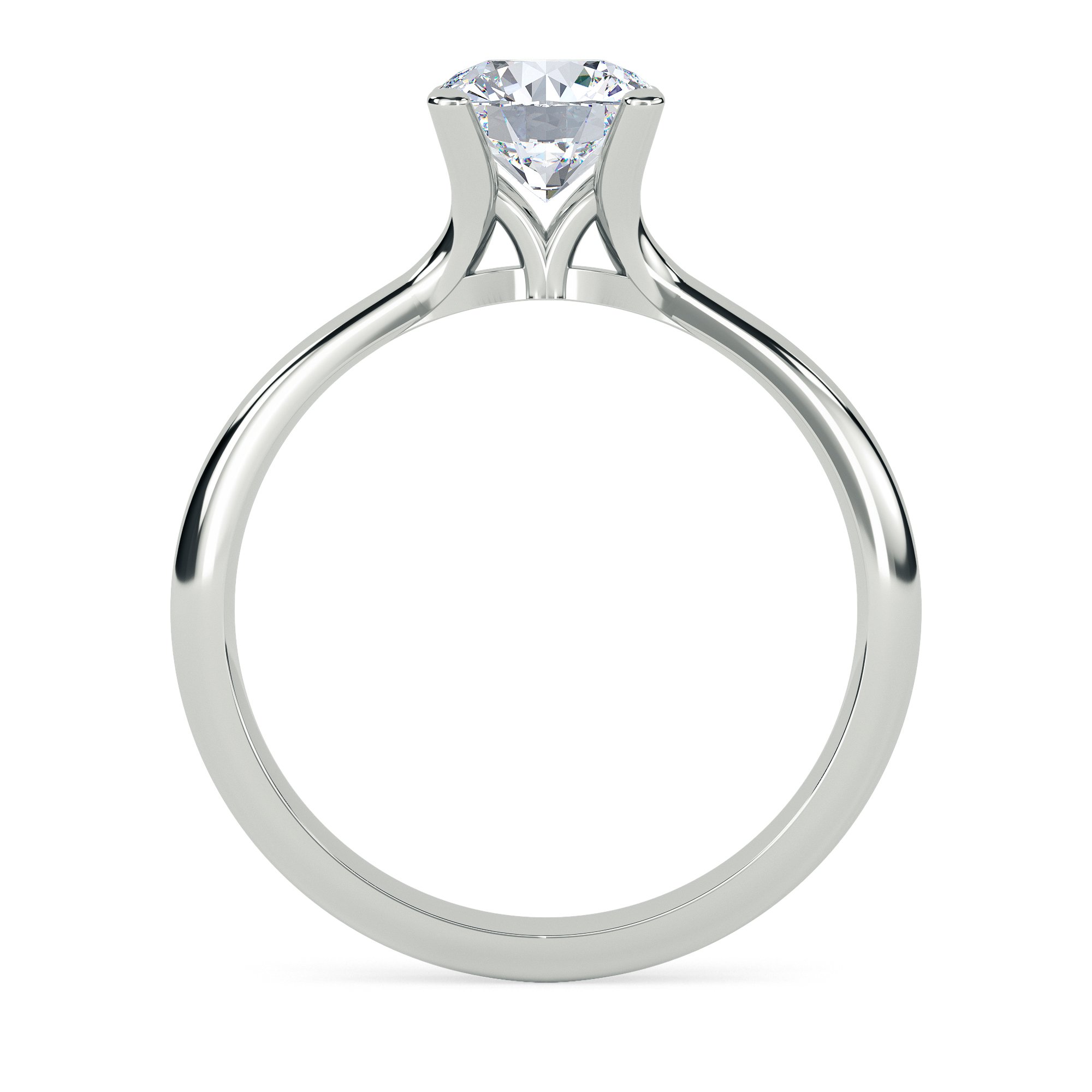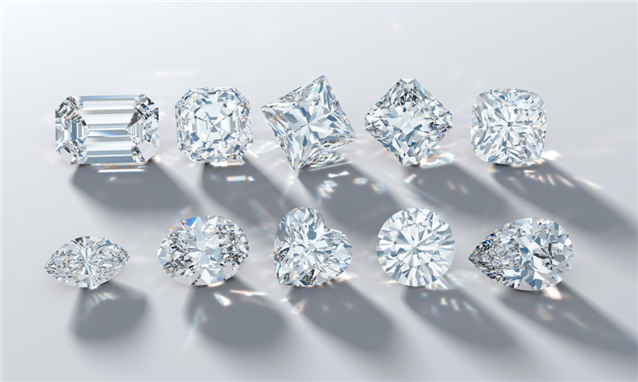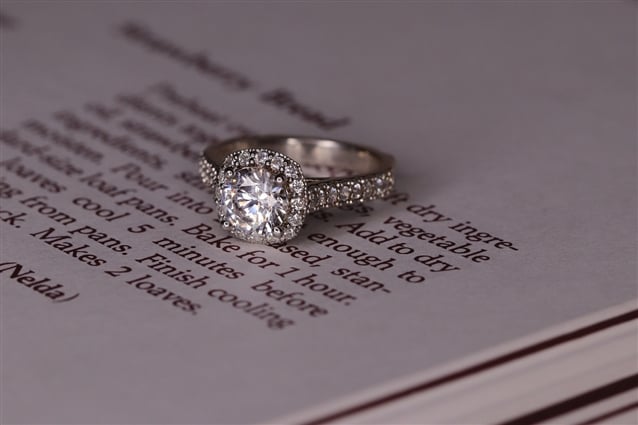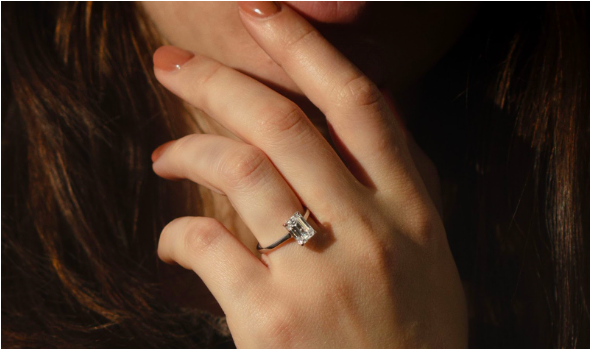How long does it take for Diamonds to form?
As you already know, diamonds are quite the phenomenon, but how long does it actually take for them to grow?
As you already know, diamonds are quite the phenomenon, but how long does it actually take for them to grow? Well, let's start with the different processes under which they are created and what diamonds are made from.
How are Diamonds formed?
If you’ve not been following our series on natural diamonds and lab grown diamonds, you’ll be forgiven as there are two types of real diamonds on the market today. Natural and lab-created (or synthetic diamonds) are made in very different circumstances that we’ll cover later.
Natural mined Diamonds
Naturally mined diamonds are the product of high heat and pressure known as HPHT or high pressure, high temperature.
It all begins 100 miles below the surface of the earth in the upper mantle, an incubator for magma of 2,200 degrees Fahrenheit. Magma then finds its way to the earth’s crust at speed via deep-seated volcanic eruptions that were mainly present at the time when the planet was much hotter. A speed that creates pressure proportional to 25,000 pounds per square inch is exerted. As the volcanic material moves quickly, it cools down taking only a matter of hours whereby carbon atoms in close vicinity get locked together to form a diamond structure. It is this quick movement of volcanic material that allows for cooling down, reduces heat energy to stop the newly-formed diamond structure from being rearranged and turning into graphite.
The strong covalent bonds between carbon atoms created as a result of the HPHT process are what makes diamonds the hardest material on earth and the only material that can scratch another diamond. Learn more about diamond properties and what to look out for when purchasing one.
How long does it take for Natural Diamonds to form?
While scientists are able to date diamonds back to when they were formed, it is not possible to know how long the process took as it is not a continuous one. Diamonds may start to form and be interrupted by a change in temperature, pressure or source of carbon. However, it is thought that diamond formation can take anywhere between days, months or even millions of years.
How old are Natural Diamonds?
It's probable that most diamonds formed a couple of billion years ago while younger diamonds, originating from the more recently discovered Kimberlite rock can be dated back to at least hundreds of millions of years ago.
Lab created Diamonds
Following a similar protocol, synthetic diamonds can be created by humans through replicating the HPHT process. This process is much faster with a typical turnaround time of a few days when high pressure and high temperature is applied to graphite. Another process that is often used is Chemical Vapour Deposition. A process that requires a real diamond, applying more heat and less pressure. This is a job done by a depressurising chamber that zaps microwave beams to expel heat of almost 2,000 degrees. This results in the formation of carbon atoms which fall down onto the real diamond to make it “grow”. A process that can take as little as a night to complete. To learn more about how lab grown diamonds are made, visit our blog on HPHT and CVD diamond growth processes.




 Twitter
Twitter
 HPHT & CVD Diamond growth processes explained
HPHT & CVD Diamond growth processes explained Are Lab Grown Diamonds More Expensive than Natural Diamonds?
Are Lab Grown Diamonds More Expensive than Natural Diamonds? How to Get the Best Christmas Diamond Jewellery Deal
How to Get the Best Christmas Diamond Jewellery Deal 